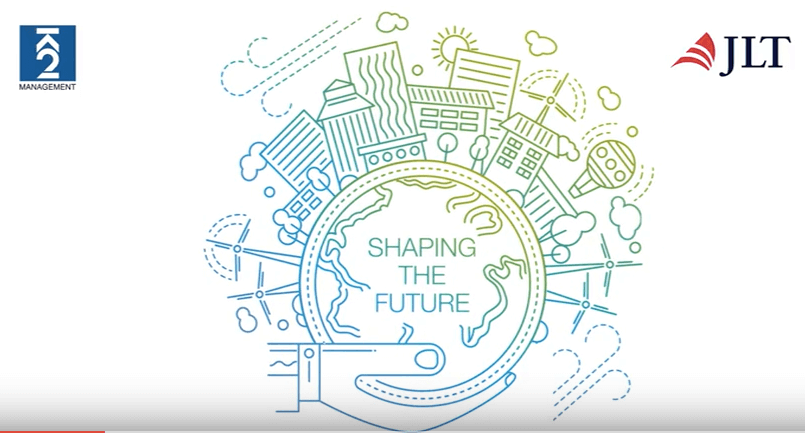A report launched by wind consultancy K2 Management and specialist insurance broker, JLT Specialty Ltd., has identified the key challenges and trends that will shape the future of onshore and offshore wind projects over the next 12 months.

The full wind report features legal commentary from Eversheds Sutherland and can be downloaded here.
Launched at the Offshore Wind Conference 2017 in London, Reducing The Levelized Cost of Energy: Challenges, trends, and opportunities in today’s wind projects for tomorrow’s business cases, reviewed data from 60 onshore and offshore projects throughout Europe and Latin America.
The project clients varied from independent developers, state-owned utilities and private investors, giving a broad view of the challenges and opportunities facing the sector from a variety of different perspectives.
“This report gives an opportunity for the industry to gain an insight into real wind projects in the bigger picture, and our experts have used this data to deliver insight into how these trends will reflect on the projects of the future,” said Simon Luby, Global Head of Due Diligence at K2 Management.
The key findings from the report include:
- A quarter of wind projects are looking to extend the life of their project – potentially by a further five years. Currently, 25 years is considered to be an achievable lifespan for an offshore project, but thirty years may be an achievable target. This news will be welcomed by developers and investors who, given the high cost of developing wind projects, are increasingly keen to optimize their return on investment.
- Developers are taking action to reduce their risk exposure on projects, with 60% of pre-construction offshore projects adopting five or less Engineering, Procurement, Construction and Installation (EPCI) contracts. Limiting these contracts could potentially reduce the costs of projects overrunning and the likelihood of a knock-on effect on other contractors as a result.
- A quarter of projects had underestimated the costs of operational expenditure, leading to concerns that this could have huge implications on performance and valuation of the project further down the line. Many of the projects that were surveyed had not yet reached the 20-year lifetime, and so much of the project budgeting was based on educated assumptions, but there was real concern that these underestimations could up the costs of projects by millions.
“As a technical consultancy, we are on the forefront of projects at all stages of the lifecycle, supporting clients through the challenges and opportunities that they face in making their projects a success,”said Luby. “Some of these trends will be familiar but this report offers foresight and anticipated future trends based on real project experience and expertise.”
“Our client-first strategy and specialist focus ensures our clients are informed and expertly advised of the insurance and risk implications of relevant emerging trends within the wind sector,” added Duncan Gordon from JLT Specialty’s Renewable Energy team. “Competition, adaptation and development are crucial for businesses to thrive and supporting our clients to succeed in this process is one of our key aims.”
Filed Under: News, Offshore wind




